
IN CONVERSATION WITH LITTLE SIMZ
On being brave: Numéro Berlin spoke with Little Simz about her freshly released sixth…
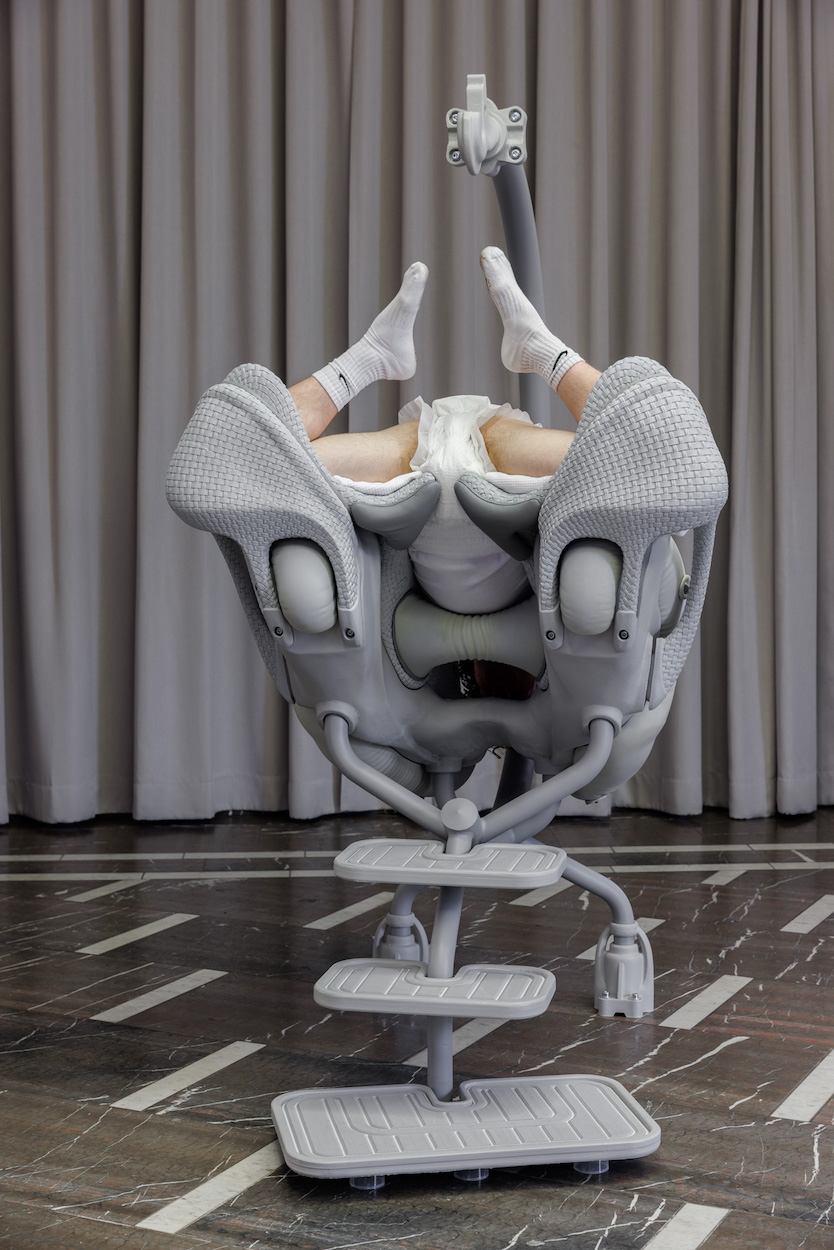
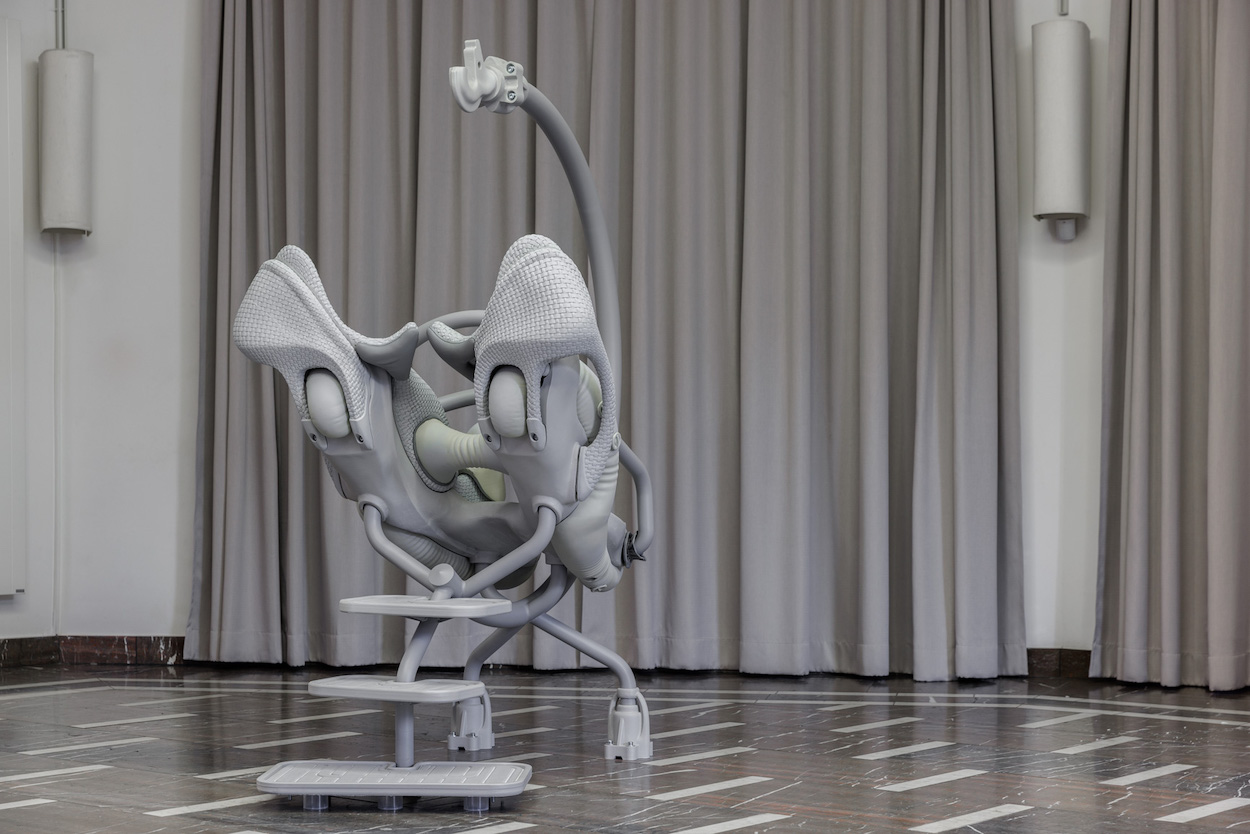
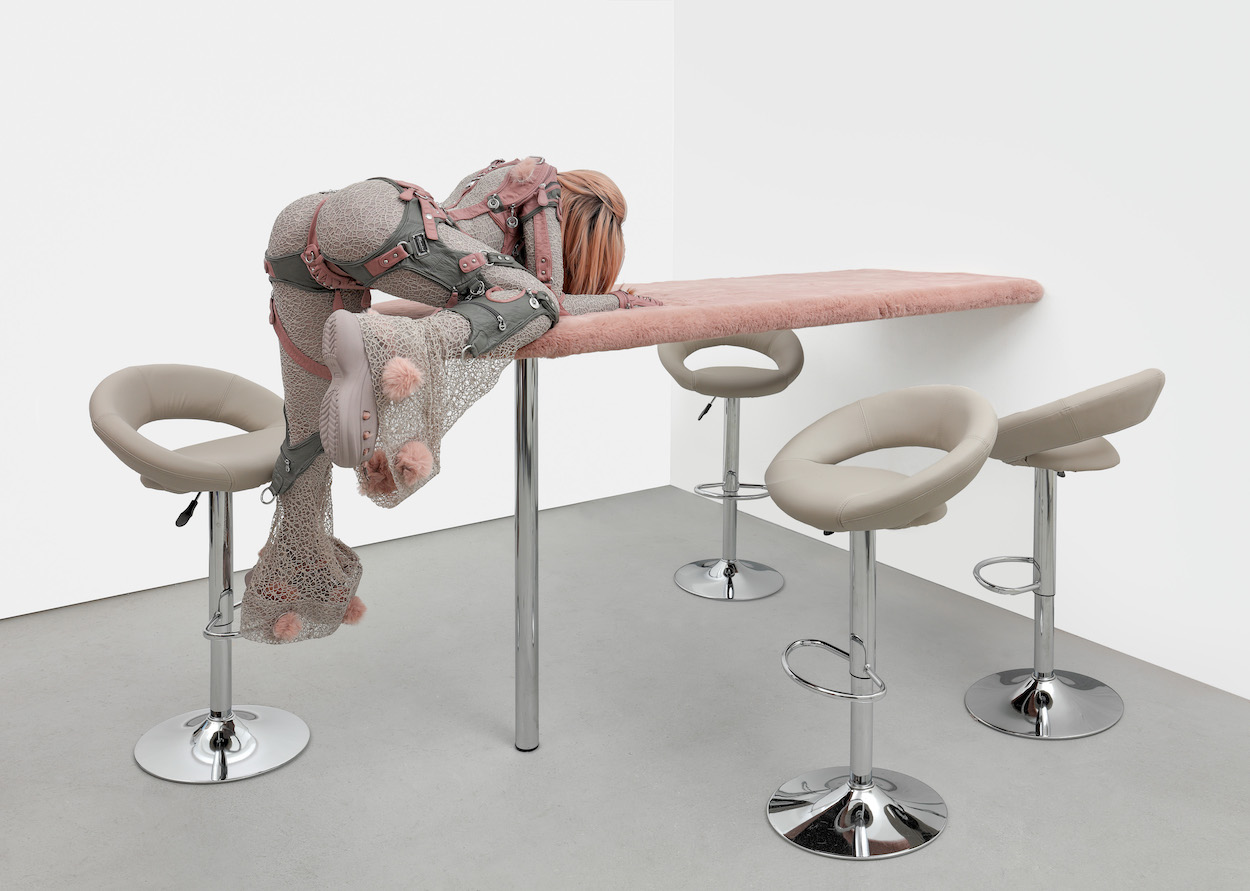
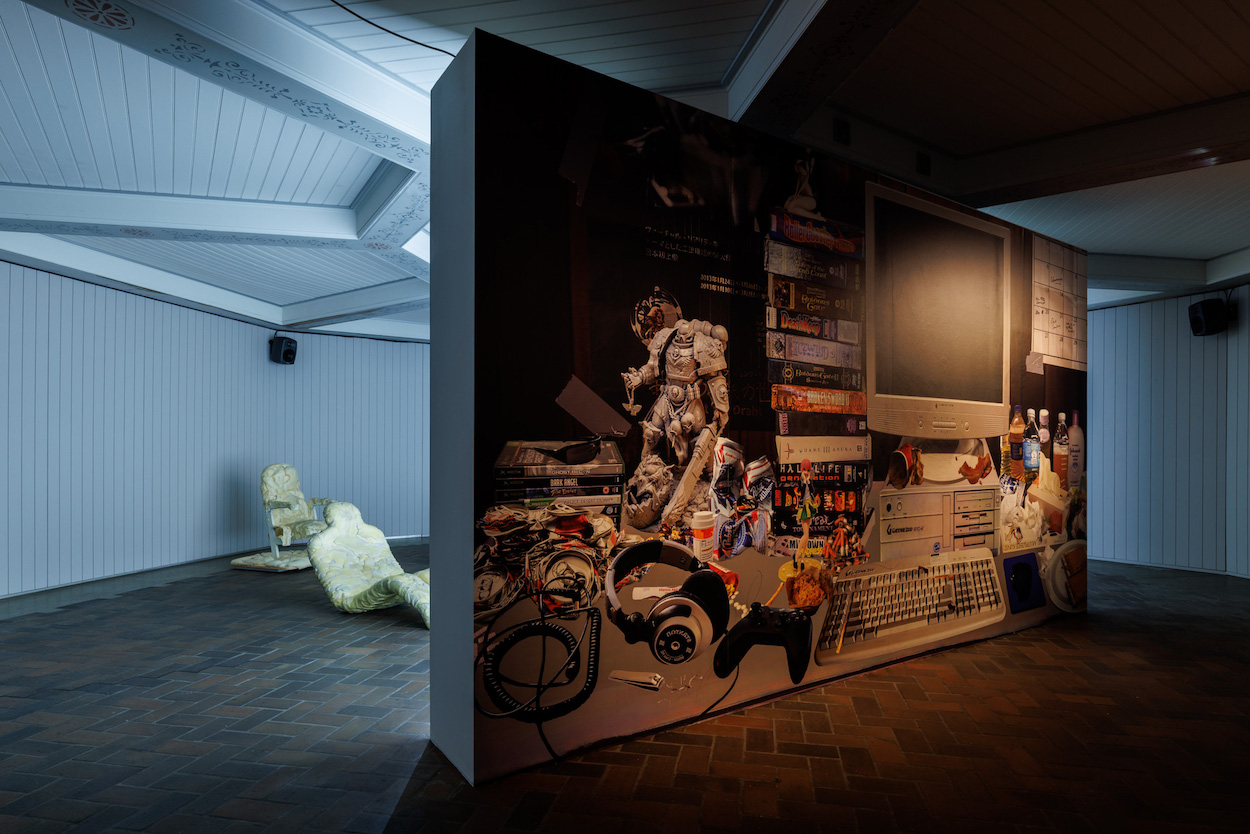
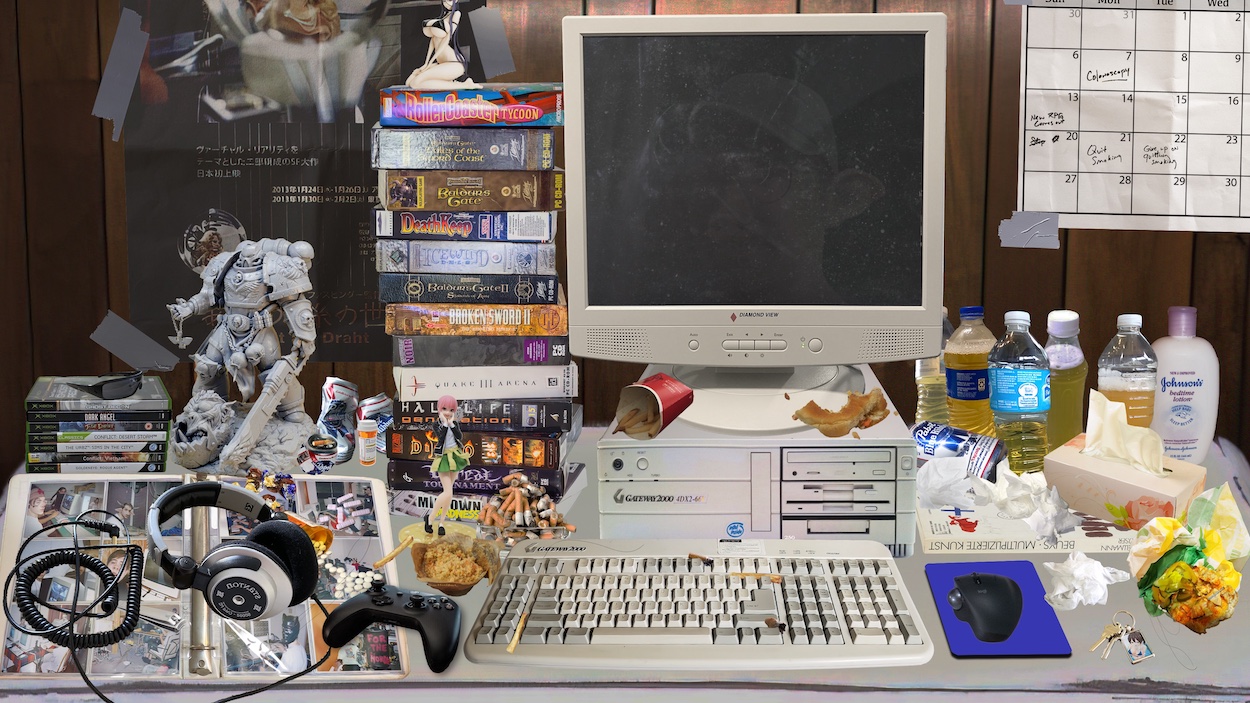
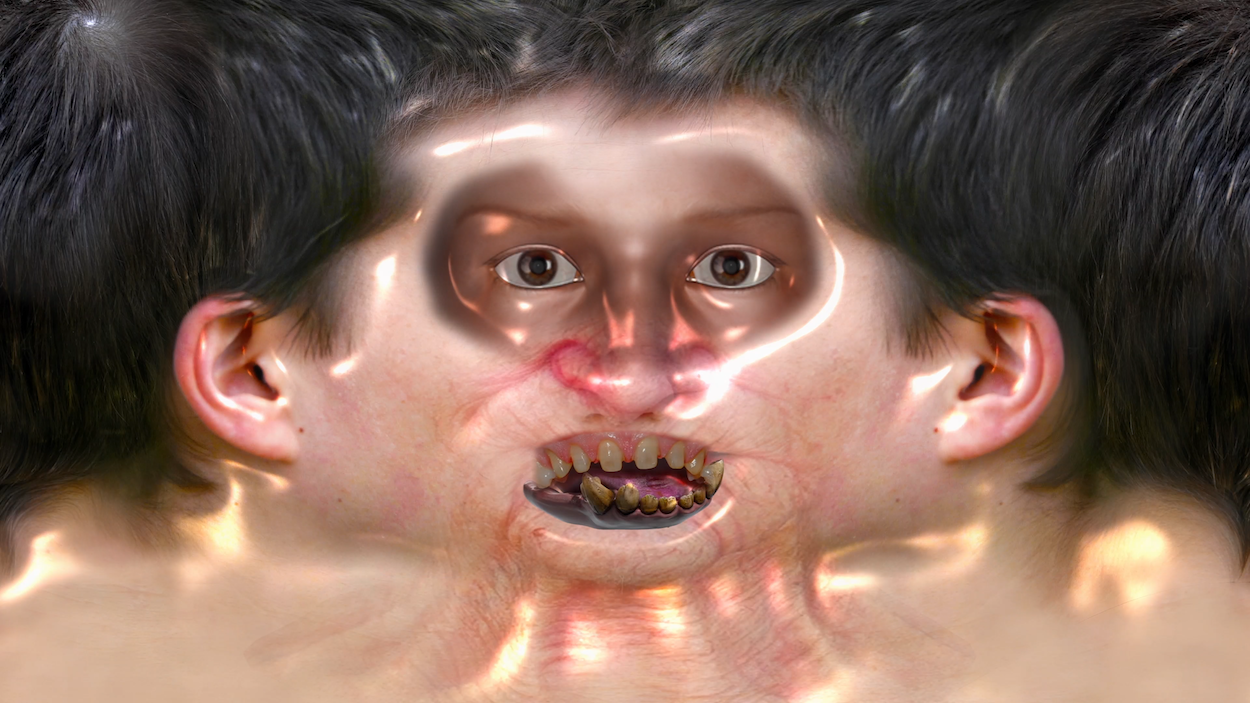
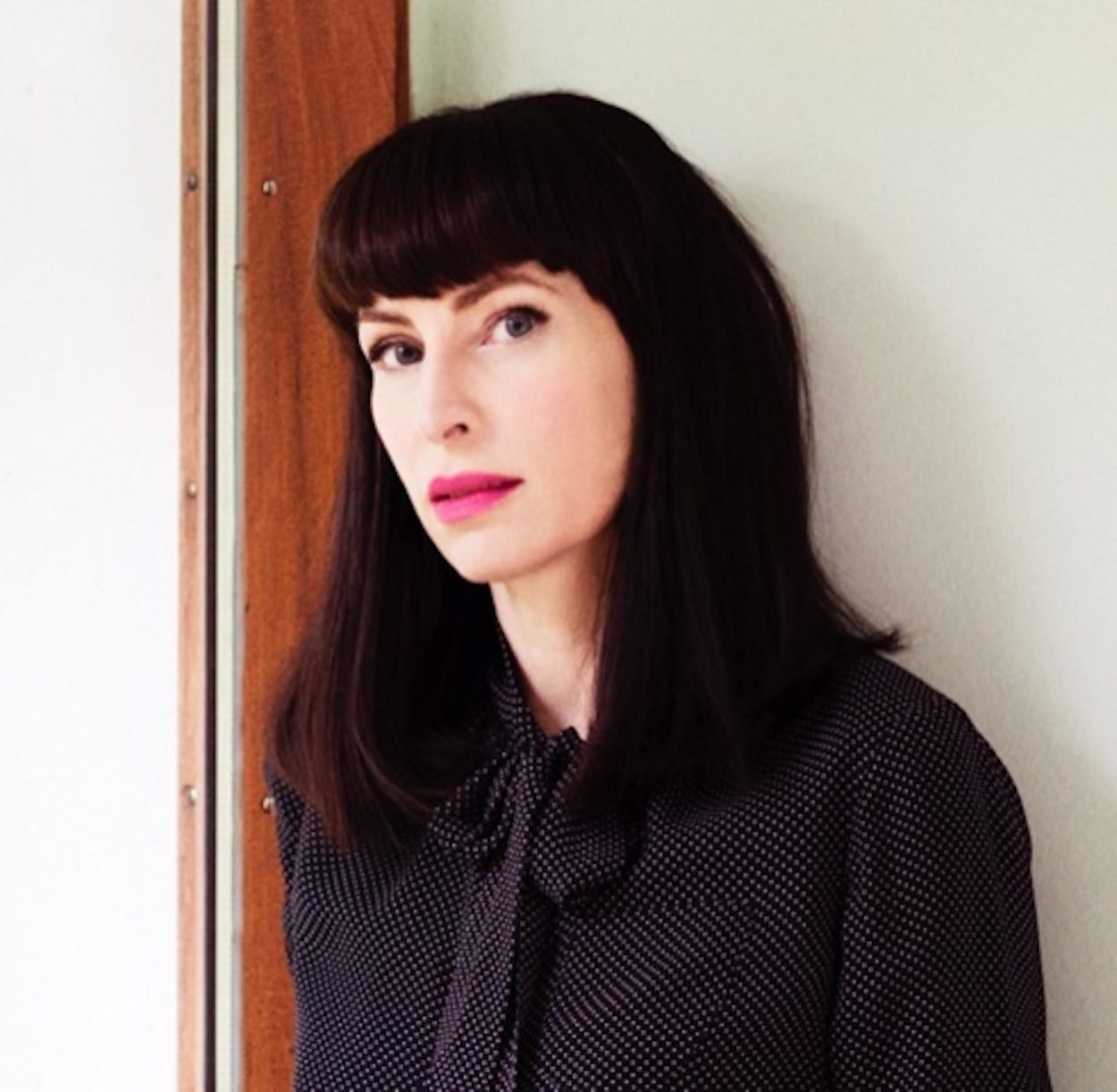
The Schinkel Pavilion is a place of history with a strong symbolic character. Over the years it has become one of the most impressive settings for the exhibition of contemporary art, offering artists from all over the world a home and a space to present their work amidst a fusion of modernism and classicism.
And Nina Pohl is right in the middle of it. She has been leading the Schinkel Pavillon since the year 2002, works as an artist herself, and in this context devotes herself above all to the question of subversive beauty through the collusion of classical painting and photography.
With Numéro Berlin, Nina Pohl reviewed the last 15 years and let us dive deeper into the charm of the Schinkel Pavilion to understand more deeply why art finds such a great home here.
The Schinkel Pavillon is one of the last remaining open spaces in Berlin’s Mitte and a very special place for art in an eccentric architectural gem. There is something magical about the place that attracts and inspires artists, the past is still palpable in all the rooms, blowing through the building like a breeze, connecting the past with the present. The invited artists often refer directly to the place or its immediate surroundings. My first exhibition at Schinkel Pavillon that set up my programme until this day was a solo show by Dirk Bell, “LI’ve is LI’ve” in 2009, who created a site- specific light sculpture that created a unique atmosphere. With the Schinkel Pavillon, I together with my team have since tried to preserve the space for art and secure it for culture, especially as we watch more and more cultural spaces in the city fall victim to rapid gentrification.
Before I moved from the Rhineland to Berlin, I worked as an artist and led a correspondingly isolated life. I spent my days confronted with myself in my studio with my ideas and notions but also my creative crises. When I moved to Berlin, I didn’t know many people here and my circle of friends was manageable. I came to the Pavillon like the proverbial virgin to the child so to say, completely unexpectedly and spontaneously. My intention since then was to revive the historic site as an art venue, securing it for the public in a long term. To play with the city and to embrace it with my programme so to speak. I wanted to give the visitors a new experience each time they would come back like a “Wunderkammer” you can revisit over and over again and it never gets old. Within a few months, I got to know the entire art and culture scene.
I choose the artists very intuitively and spontaneously, and I still often invite friends. It’s very important to me that each exhibition stands out from the previous ones and that the invited artists respond to the special location, the architecture and its turbulent history. It is fascinating how differently each of the invited artists is approaching the unique exhibition spaces and this is something I believe artists really love about the space, that they can really engage with this unique building. Back in the GDR times Erich Honecker housed his famous cocktail parties upstairs, the ground floor housed a famous restaurant with a kitchen wing, the tiles are still up in the gradually rooting spaces. Within this uncanny setup the fabric figures of Louise Bourgeoise became even more vulnerable than they are.
We try to keep it vibrant! A lot has happened here in 15 years of Schinkel Pavillon and I can think of countless examples: Cyprien Gaillard’s excavator ballet in the construction site next to the pavillon where today the townhouses frame the street with the poetic title “What It Does To Your City” is particularly memorable. The excavator operators let their heavy machines dance across the construction site, breaking out of their orderly routine for a brief moment. The Robot by Goshka Macuga philosophizing about humanity, the aliens by HR Giger, the blind fishes of Pierre Huyhge next to the legendary painting “Swampangel” by Max Ernst, the classical concerts we staged during the first Covid Lockdown, which were streamed and, as well as our legendary exhibition about feminism “Straying from the line”. The money-burning machine by Simon Denny, the Louise Bourgeois exhibition and the show by Isa Genzken with the title “Hallelujah”, which culminated in a party including the destruction of the artworks….. Since the start of Disappearing Berlin five year ago countless memories have piled up, the occupation of Baerlwaldbad for a performance titled “piety”, with a large police contingent outside the doors as this place was about to be torn down. The entire planning process of the performance was based on improvisation, as we could not be sure until the very end what and in what form we would be able to act on site. This year, a naked Florentina Holzinger riding a speeding car doing donuts on an empty lot on the backdrop of a beautiful sunset and a bird choir that joined in the harps playing.
As a satellite of the Schinkel Pavillon, the event series DISAPPEARING BERLIN presents unique buildings and extraordinary urban spaces threatened with disappearance. By shining a light with our events on these historic sites we want to create the necessary awareness for their preservation and a contemporary rethinking in terms of public and cultural use. As one of the examples, with our intervention, we helped that the Bierpinsel, an iconic building in Steglitz will be open for the public and hosts cultural events for the following years. Berlin is changing rapidly: social meeting places and social open spaces are being displaced, iconic and formerly public architecture is disappearing, being demolished or privatised and turned into the next co-working space. The wild, raw, free city is transforming at breathtaking speed into a conformist neoliberal metropolis. We react with the means of togetherness with artists, choreographers, musicians and performers.
Like Dr. Jekyll and Mr. Hyde?
Despite the many changes over the last 15 years I still think Berlin is one of the most interesting cities for artists and art. But it’s absolutely important that the city and its residents do everything they can to preserve the special features and opportunities of Berlin, so that the art and cultural scene can continue to thrive and expand. This also includes keeping studios affordable and that art spaces need a reliable community and a political interest to survive.
You know, we are located on the Museum Island which is a bastion of conservative institutions who nevertheless put on some good shows. We’re going to keep shaking up the city being the profession punks that we are.
Both exhibitions will run until December 31, 2022, inclusive.
Picture courtesy of Schinkel Pavillon

On being brave: Numéro Berlin spoke with Little Simz about her freshly released sixth…
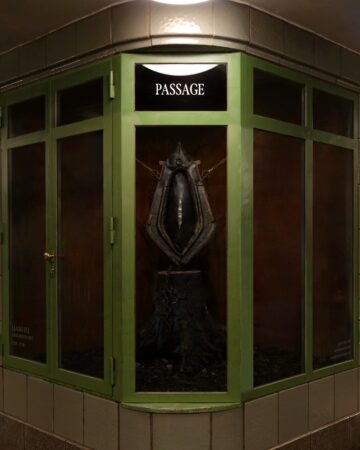
With his latest installation "SPINE BOUNDARY" at Hermannplatz, Berlin, Chinese born Artist…
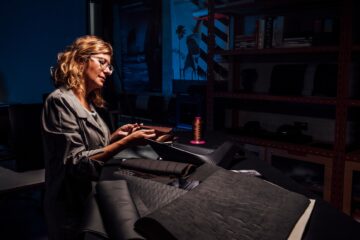
Once a challenger brand in the automotive world, CUPRA has steadily entered a new era, one…
Interview by Chiara Anzivino